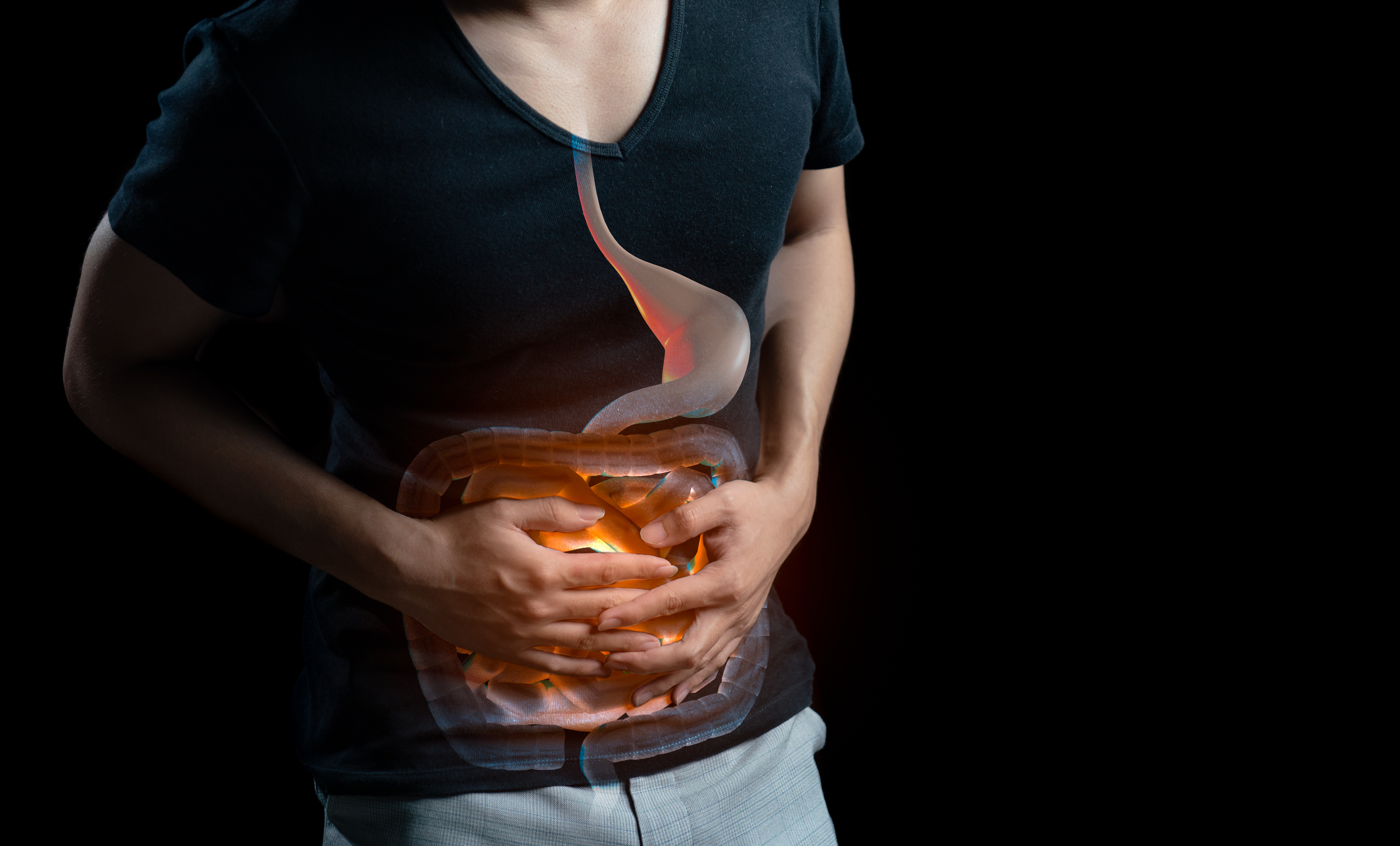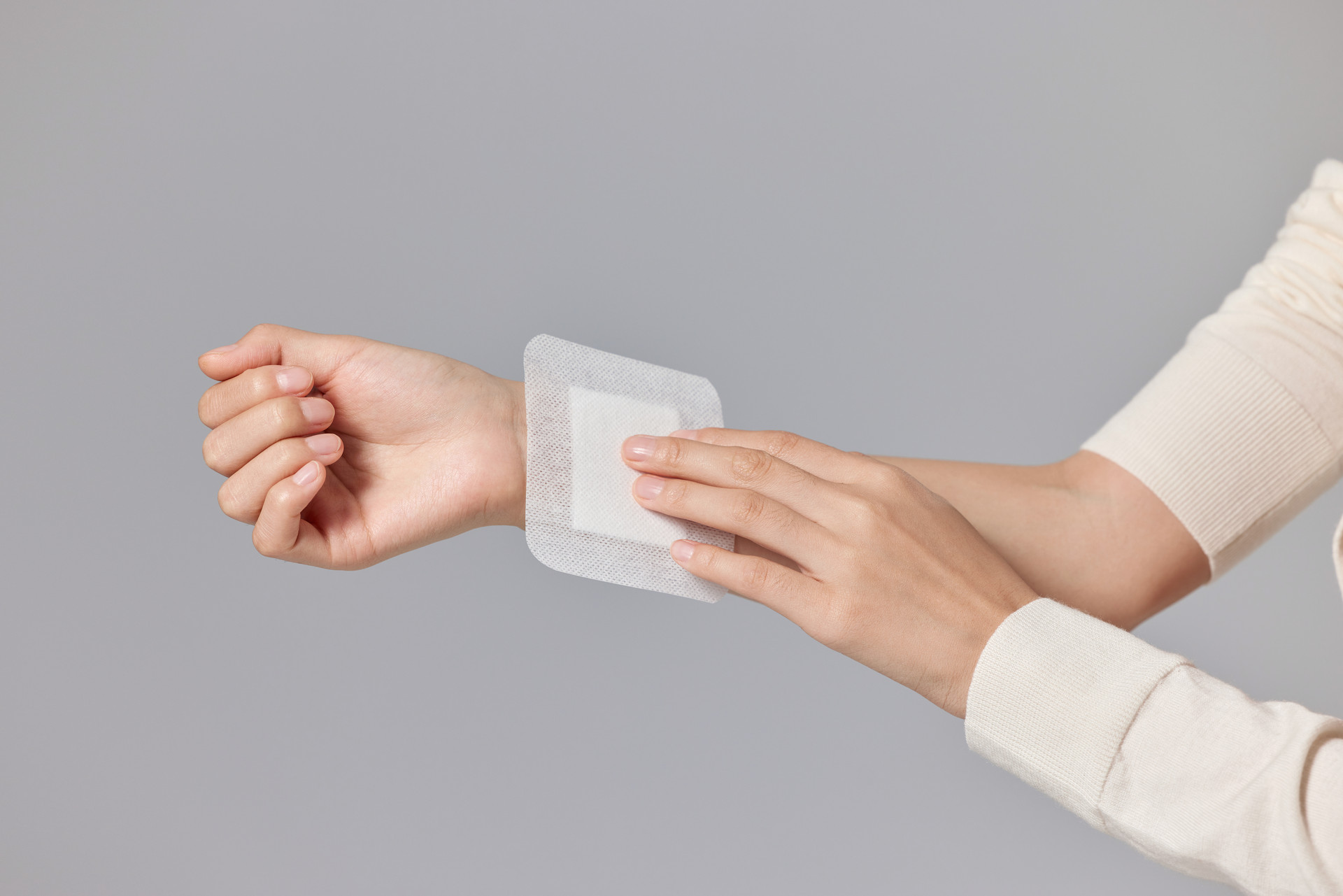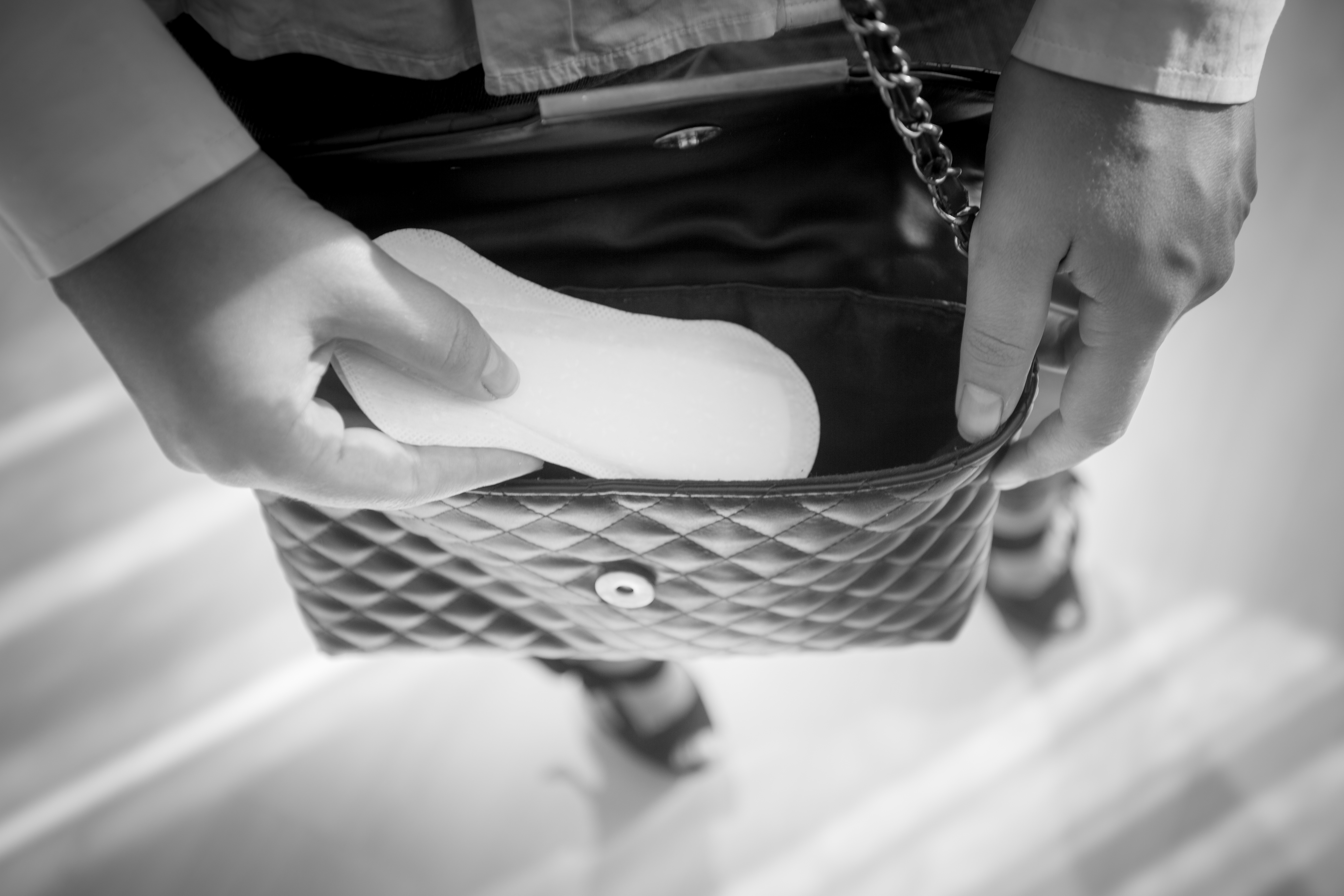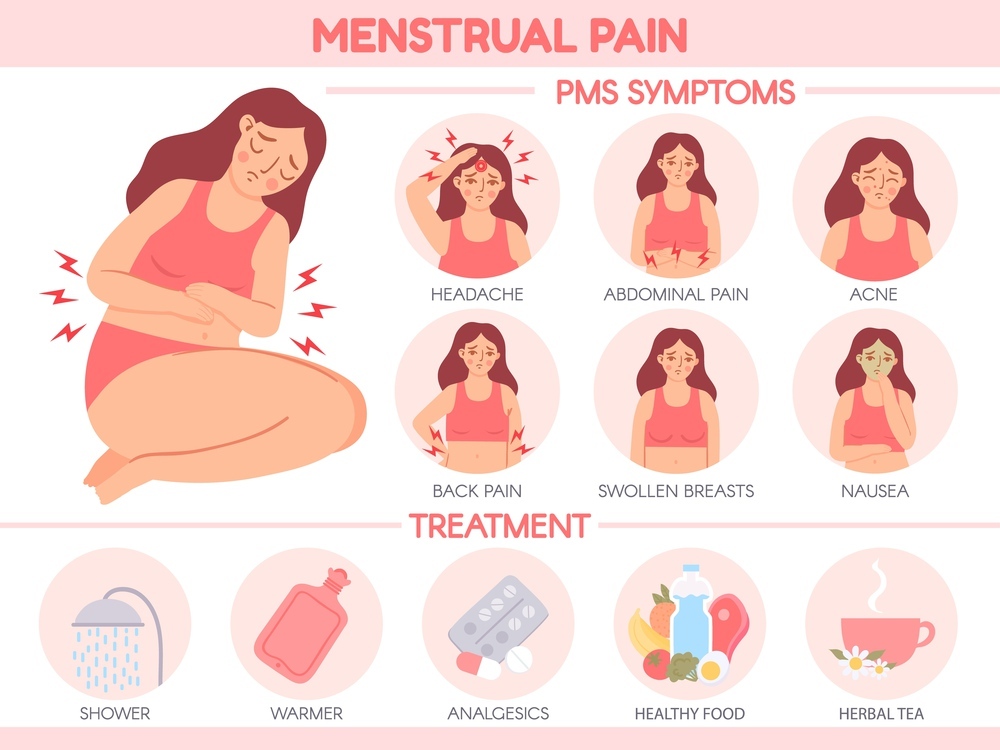1. How to Properly Clean the Breasts with Soap
Experts have pointed out that soap and other cleaning agents can remove the keratinized cells on the surface of the skin through mechanical and chemical actions, which promotes cell division and proliferation. If these keratinized cells are not removed regularly, it can damage the protective layer of the skin, causing the skin cells to swell. This swelling is caused by excessive drying and shedding of cells in the breast area. Excessive use of soap and other cleaning agents can alkalize the skin in the breast area, making it difficult for the skin to recover its acidic environment and reestablish the protective layer. In addition, using soap also removes the lubricating substance - oils that protect the skin in the breast area.
Therefore, regularly using soap to wash the breasts is not beneficial for breast health during lactation. On the contrary, it can weaken the local defense capabilities of the breasts, making the nipples prone to dryness and bacterial infections. To maintain proper hygiene in the breast area during lactation and ensure sufficient breast milk for your baby, it is best to wash with warm water and avoid using soap or any chemical irritants such as alcohol. If soap or alcohol is necessary for cleaning or disinfection, make sure to rinse with clean water as soon as possible.
2. What to Do for Sore Nipples During Breastfeeding?
Sore nipples are also one of the reasons why mothers may not be able to continue breastfeeding. Let's analyze the causes of sore nipples. Firstly, the most common cause of sore nipples is improper sucking by the baby. When the baby sucks, if they don't take enough of the areola into their mouth and only latch onto the tip of the nipple, repeated sucking can cause nipple pain. Secondly, when the baby sucks, if the mother feels a pricking pain in the nipple, it may indicate nipple fissures. The causes of nipple fissures include improper sucking by the baby, applying alcohol and soap on the mother's nipples, or due to the baby's oral motor dysfunction.
From the above reasons, it is clear that nipple pain and fissures are related to the baby's incorrect sucking. Mastering the correct breastfeeding position is the key to preventing nipple pain. If nipple pain has already occurred, how should it be treated?
1. Before breastfeeding, the mother should find a comfortable position and apply a warm and moist towel to the breasts and areola for 3-5 minutes. At the same time, massage the breasts to stimulate the milk ejection reflex and express some milk. This softens the areola, making it easier for the baby to latch on.
2. Start breastfeeding with the less painful breast first, and make sure to have most of the nipple and areola in the baby's mouth. Also, try changing the baby's nursing position to reduce stimulation on the nipple.
3. If it is necessary to stop breastfeeding for other reasons, gently press the baby's chin with your index finger. The baby will automatically release the nipple. Do not forcefully pull out the nipple, as it can cause nipple damage.
4. If nipple fissures have occurred, express some milk after breastfeeding and apply it to the nipple and areola, then let it air dry naturally.
Moms should wear loose-fitting underwear and cotton bras, and if necessary, use nipple shields to allow air circulation and promote the healing of nipple fissures. If the nipple pain is severe and unbearable, temporarily stop breastfeeding for 24 hours, but make sure to express milk and feed the baby using a cup and spoon.
Before breastfeeding, it is important to prepare the breasts with massage. Starting from the fifth month of pregnancy, breast massage should be done to increase breast tissue and promote blood circulation in the breasts, as well as to enhance postpartum lactation function and prevent breast-related diseases. The first week after delivery is a critical period for establishing breastfeeding. During the first few days after childbirth, there are significant changes in the internal structure of the breasts, and milk production has not yet adapted to the infant's suckling capacity, which can result in milk accumulation and breast swelling. Therefore, it is advisable to actively massage the breasts within 2-3 days after delivery.
Before going to bed, use the opposite palm to massage both breasts in a clockwise direction, pushing from the base of the breasts towards the nipples. After delivery, gently hold the breasts with both hands and make circular motions around the breasts. Hold the base of the breasts and lift them towards the nipples. Cross both hands to evenly massage both breasts. Use the index finger and thumb to pinch the nipples and gently pull them away from the areola, creating separation between the nipple and the areola. Then, use a warm towel to clean the nipples and remove any impurities from the milk ducts. Finally, rotate the palms in a clockwise direction to massage both breasts, and use the thumb and index finger to squeeze around the areola. If you see a pale yellow or clear, slightly sticky colostrum coming out, you can start feeding the baby.
During the massage, it is important to keep warm and ensure that the hands used for massage are clean and disinfected. Massage should be done 1-3 times a day for 10-15 minutes. You can do the massage yourself or ask a family member to help. It is best to combine self-massage with massage from your husband. The massage should be gentle, and if there is still a sense of fullness and pain, you can have your husband gently suck and massage the nipples with his tongue.
Effective breast massage can facilitate breastfeeding and make it easier for the baby to latch on. Some mothers may have an excess of breast milk, and in such cases, it is important to express the excess milk in a timely manner.








